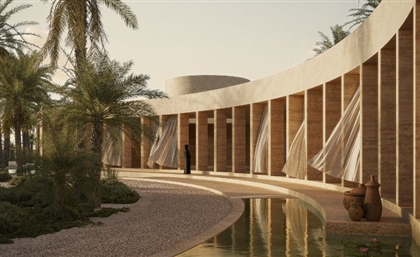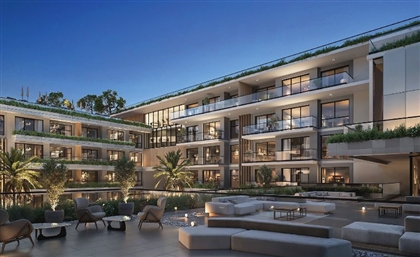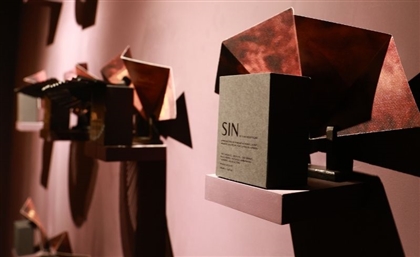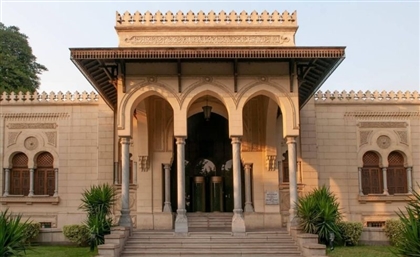Tadao Ando’s Floating Museum of Art Takes Shape on Dubai Creek
Tadao Ando’s Dubai Museum of Art rises from Dubai Creek as a floating concrete form shaped by light and reflection.
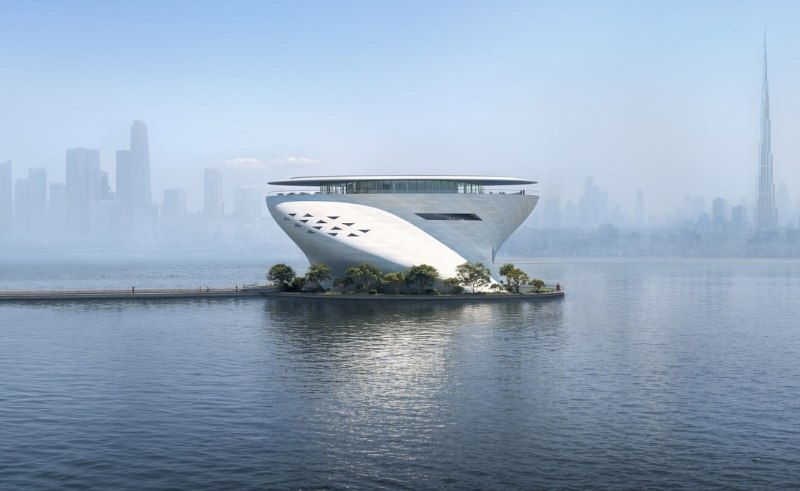
Where the land meets the creek, Japanese architect Tadao Ando shapes a quiet monument of light and concrete with the Dubai Museum of Art. His design rises from the water as a curved silhouette that unfolds in continuous motion. Resting on a circular platform extending over the saltwater inlet, its white surface twists toward a glazed opening that catches the desert sun.
From across the bay, the museum appears to hover, solid yet fluid. Its smooth façade, marked by triangular apertures, filters daylight into the interior. As evening falls, the surface absorbs the soft amber tones of the sky, transforming the structure into a quiet reflection of its surroundings.
Inside, Ando’s signature restraint becomes tangible. The galleries are arranged around a circular oculus, where light descends in a pearlescent glow. Curved concrete walls guide the visitor’s movement in silence, shaping a spatial rhythm defined by shadow and illumination.
Above, a lounge and restaurant open onto a terrace framed by full-height glazing, revealing wide views of the creek and skyline. The museum’s position bridges land and water, anchoring itself in the shifting balance between city and sea.
A procession of palms lines the approach, their shadows echoing the geometry of the façade. At the base, a subtle overhang meets the water, giving the impression that the structure floats, poised between reflection and reality.
Trending This Month
-
Nov 18, 2025





